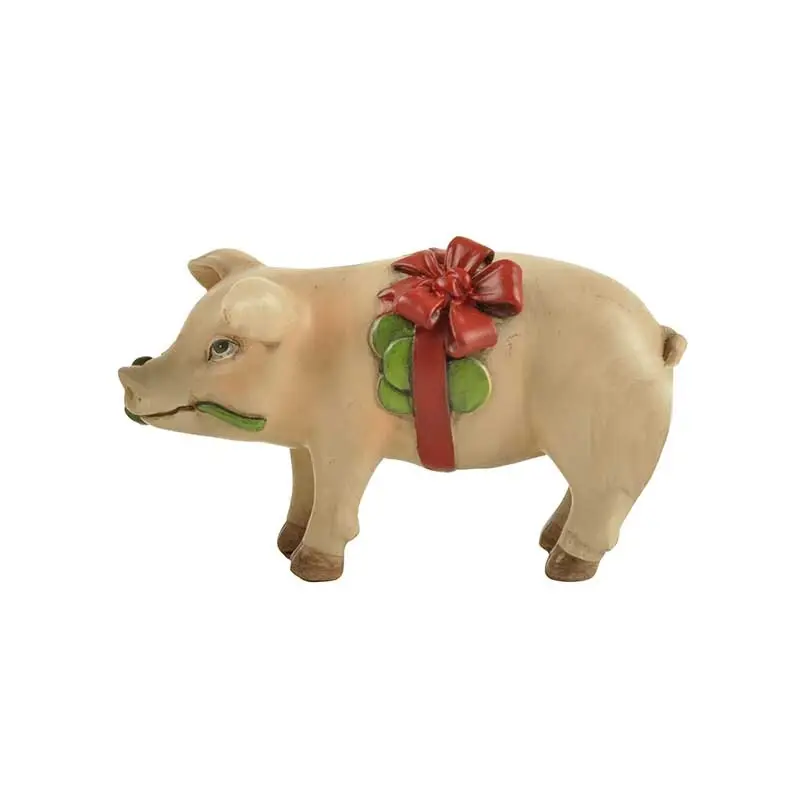What's the Difference? Realistic vs. Fantasy Toy Animal Figures
Have you ever paused to admire a toy animal figure, wondering how it came to life in your child's play? Toy animal figures are not just playthings; they are gateways to imagination and learning. But as the world of toys evolves, there's a clear divide between realistic and fantasy designs. Which type of figure captures your heart the lifelike detail of a realistic toy or the whimsical magic of a fantasy figure?
Defining Realistic Toy Animal Figures
Realistic toy animal figures are the epitome of lifelike design. Brands like Schleich and Papo have mastered the art of creating figures that look almost indistinguishable from their real-world counterparts. For instance, their Black Angus Bull and Merino Lamb are meticulously crafted to include accurate proportions, textures, and colors. These figures are not just toys but educational tools that teach children about animal anatomy and behaviors.

Understanding Fantasy Toy Animal Figures
Fantasy toy animal figures, on the other hand, take creativity to new heights. These figures often feature mythical creatures like dragons, unicorns, and hybrid animals that blend different species to create something entirely new. Brands such as Hasbro and Mattel offer sets like the Equestrian Unicorns and Fantastic Dragon Horses, which invite children to imagine fantastical worlds and epic adventures. These toys are perfect for those who dream of magic and wonder.
Comparative Analysis: Realistic vs. Fantasy Toy Animal Figures
When comparing these two types of toy animal figures, several key differences emerge. Realistic figures are typically made from durable materials like plastic or silicone, designed to withstand the rigors of play while retaining their intricate details. Fantasy figures, while also durable, often feature vibrant colors and imaginative designs that prioritize whimsy over realism.
Both types of figures cater to different audiences. Realistic toys are favored by those who appreciate educational value and want to teach children about the natural world. Fantasy figures, on the other hand, appeal to those who enjoy storytelling and imaginative play.
Popular Toy Animal Figures
Let's look at a few examples to illustrate the diverse appeal of toy animal figures. The Mojo Farm Animal Starter Set includes lifelike pigs and cows, perfect for children familiar with farm life. Meanwhile, sets featuring mythical creatures like griffins or dragons, such as the Epic Griffon Explorer Set, provide a portal to fantastical worlds. These examples show how toy animal figures cater to different consumer preferences and play styles.
The Impact of Toy Animal Figures on Child Development
Both realistic and fantasy toy animal figures play a significant role in child development. Realistic figures enhance cognitive growth by teaching children about the natural world, fostering an appreciation for wildlife. Fantasy figures, on the other hand, boost imaginative play, allowing children to express creativity and explore emotions through storytelling. Both types nurture empathy, as children care for their toy animals, whether grounded in reality or soaring through imaginary skies.
Trends and Innovations in Toy Animal Figures
The world of toy animal figures is constantly evolving, with current trends pushing boundaries in design and functionality. Hybrid toys that combine elements of realism and fantasy are gaining popularity, offering the best of both worlds. Innovations in materials and technology promise more interactive and educational play experiences, setting the stage for future generations of toy animal figures.
Conclusion
In the end, both realistic and fantasy toy animal figures enrich play experiences by providing diverse avenues for learning and imagination. By embracing both types, we can create a balanced and enriching play environment that nurtures our children's curiosity and creativity. Whether your little one is a budding farmer or an aspiring adventurer, the world of toy animal figures offers endless possibilities for discovery and delight.
—— Contact Information
